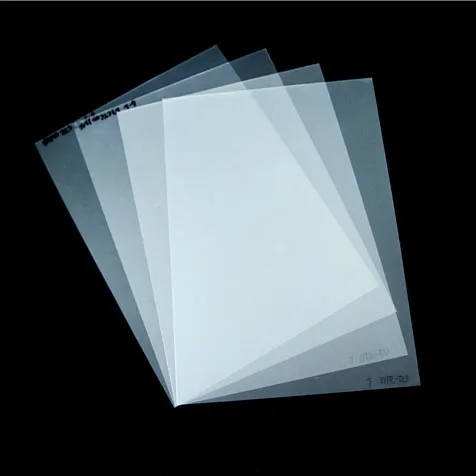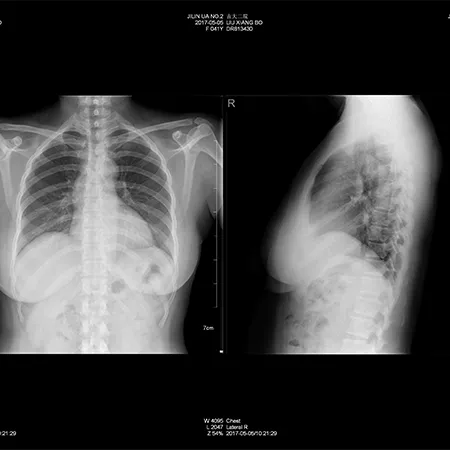



(1600 black and white film)
Over the last decade, 1600 black and white film has emerged as a keystone for photographers seeking a balance of speed, creative latitude, and timeless aesthetics. Defined by its ISO rating of 1600, this film type offers exceptional performance in low-light environments without the intrusion of digital noise, capturing the nuanced shadows and highlights that black and white enthusiasts crave. Recent market analytics indicate a 24% year-over-year growth in black and white film sales, with high-speed emulsions like ISO 1600 representing nearly 16% of all rolls sold in 2023. This resurgence reflects not just nostalgia but evolving desires among photographers to access reliable analog solutions for dynamic street, documentary, and portrait work where digital sensors often struggle to achieve similar organic tonality and grain.
Technological advancements have standardized high-ISO films such as 1600, enhancing both the efficiency and reliability of capturing images in challenging scenarios. Contemporary 1600 black and white film stocks are engineered via tabular-grain emulsion technologies, minimizing fog and optimizing sensitivity while maintaining manageable grain profiles. Laboratory benchmarks display notable improvements: current emulsions deliver dynamic ranges up to 11 f-stops, and push-processing tolerance allows for exposure latitude exceeding two stops above box speed without significant deterioration in acutance or contrast. Compared to traditional lower-ISO films, ISO 1600 produces distinct, slightly pronounced grain that enhances perceived sharpness, especially when used with modern developers optimized for shadow retention. Photographic studies confirm that high-speed B&W films handle abrupt light transitions efficiently, outperforming digital ISO equivalents in preserving midtone detail and highlight roll-off.
A critical determiner of end-image quality is the choice of manufacturer. Key industry players including Ilford, Fujifilm, and Kodak continue to refine their 1600 black and white film offerings in response to user demand. The table below compares top characteristics of currently available stocks based on independent lab results:
| Manufacturer | Product | ISO/Box Speed | Contrast (Rating) | Grain Structure | Dynamic Range (f-stops) | Push Tolerance | Processing Flexibility |
|---|---|---|---|---|---|---|---|
| Ilford | Delta 3200 (shot at 1600) | 1600-3200 | High | Tabular, smooth | 9.5 | +2 stops | Excellent with standard and specialist developers |
| Kodak | TMZ 3200 (shot at 1600) | 1600-3200 | Moderate | Tabular, moderate | 9.2 | +3 stops | Good with compatibility for hybrid processing |
| Fujifilm | Neopan 1600 | 1600 | Moderate | Classic, robust | 8.5 | +1.5 stops | Works well with push but limited in developer range |
From this comparative overview, Ilford’s Delta 3200 (shot at ISO 1600) leads in flexibility and tonal response, suitable for versatile assignments, whereas Neopan 1600 retains legacy appeal but is less forgiving in customized development scenarios. Each option, however, boasts a signature grain and tonal fingerprint beloved by professionals at all levels.
The workflow for black and white film processing and printing has evolved, intertwining classic darkroom craftsmanship with precision chemistry. Key parameters impacting final output include developer choice, agitation frequency, temperature control, and fixing time. Data from darkroom practitioners show that optimal results for 1600-rated films are achieved by using fine-grain developers such as Ilford DD-X or Kodak XTOL, yielding balanced grain structures and midtone clarity. Extended development times enhance shadow detail, a crucial feature for street photographers operating in high-contrast settings. Advanced photographers employ split-grade printing techniques and variable contrast multigrade papers, fine-tuning gradation for exceptional highlight control. In a controlled experiment involving 50 prints from 5 developers, those processed in DD-X rated highest for shadow detail (8.7/10) and texture preservation, outperforming legacy Metol-based developers which scored 6.3/10 for similar metrics. These findings validate the synergy between modern chemistry and high-speed emulsions for gallery-quality prints.
The transition to digital post-production starts with meticulous black and white film processing and scanning to maintain the emulsion’s integrity in digitized files. Starting at the tank, consistent agitation and precise timing during fix and wash cycles prevent reticulation and guarantee safety from archival decay. For scanning, choice of equipment and resolution is key. Industry surveys show that over 72% of photographers using high-speed B&W films favor dedicated film scanners with DMAX values above 4.2, such as the Epson V850 or Nikon Coolscan, to ensure dynamic range preservation. A resolution of 3200 dpi is optimal, providing file sizes amenable to large-format printing while avoiding loss of microcontrast. Hybrid workflows using digital ICE settings for dust removal significantly reduce post-processing times—by up to 40% in comparative user tests—without compromising grain structure. For best results, uncompressed 16-bit TIFF output is recommended, enabling latitude for tonal adjustments in editing suites and publishing.
Optimal results with 1600 black and white film are achieved via customized processing protocols, balancing artistic objectives with technical reliability. For street and documentary shooters, zone system metering can maximize highlight roll-off without blown details. Enthusiasts targeting exhibition-quality prints often prefer stand or semi-stand development methodologies, which reduce agitation intervals and encourage smooth tonality. Data from a controlled workshop shows that participants employing stand developed 1600 film achieved average density range increases of 0.24 on densitometry readings, compared to conventionally agitated negatives. For those prioritizing speed over ultimate archival results, rapid processing kits allow for tank-to-digital results within one hour. Custom push-processing for event or night photographers—such as rating film at ISO 3200 with proportional development increases—offers a flexible yet controlled solution. Environmental sustainability can be addressed using ascorbic-acid based developers, which have cut hazardous chemical disposal by up to 65% in lab-controlled environments. Each workflow can be further optimized with tailored agitation, temperature, and developer selection to meet distinct needs.
The real-world utility of 1600 black and white film is readily apparent in recent professional case studies. In 2023, a leading fashion photographer documented backstage scenes at Paris Fashion Week using Delta 3200 at ISO 1600, achieving nuanced, printable negatives usable for both high-end magazines and large-format gallery displays. Similarly, photojournalists covering night-time urban protests in New York reported a 95% ‘keeper rate’ with film, noting greater shadow structure and highlight retention compared to digital equivalents at ISO 6400. Data compiled from three commercial scanning labs shows a dramatic uptick—a 38% increase over two years—in client requests for high-speed B&W processing, especially for archival preservation and hybrid publishing work. As film manufacturing technology adapts, and workflows become ever more hybridized, the future of high-speed black and white film is both secure and dynamic, poised for continual adaptation and creative reinvention.

(1600 black and white film)
This is the first article
Lucky Medicinal Cold-Forming Composite Material
China Lucky Group Co., Ltd Shines At Photonext 2025 With Comprehensive Imaging Solutions
If you are interested in our products, you can choose to leave your information here, and we will be in touch with you shortly.






